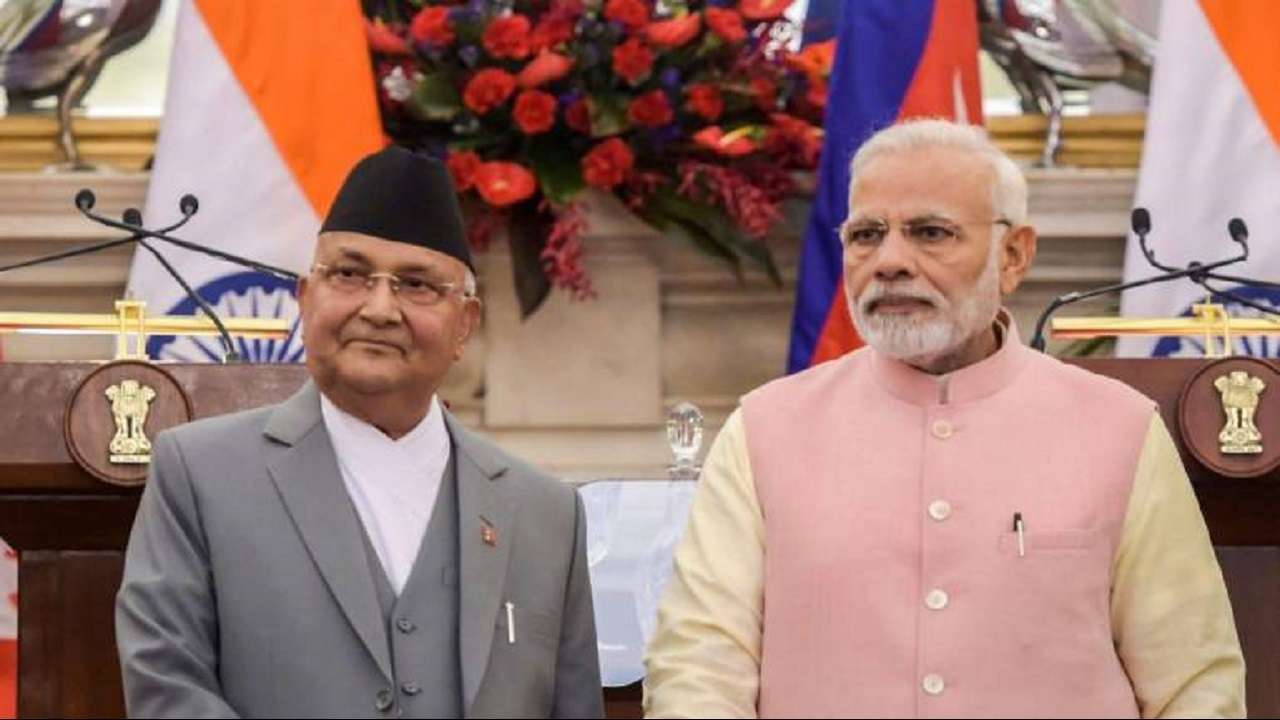India and Nepal sign pacts on energy and transport
Context:
Several energy and transportation agreements were negotiated between India and Nepal, including one that allowed Nepal to export hydropower to Bangladesh via Indian soil.
Indo-Nepal Relation:
- Geographical proximity: India and Nepal are significant neighbours because they share a 1,750-kilometer-long border.
- Historical and cultural relations: India and Nepal have long-standing, enduring historical and cultural ties. Particularly with Buddhism and Hinduism, these nations have linguistic and theological similarities.
- Treaty of Peace and Friendship: The 1950 Treaty of Peace and Friendship, which regulates India and Nepal’s bilateral ties, is a key document. It highlights the deep ties of friendship and collaboration between the two countries.
- Cooperation on the economy: India is Nepal’s top trading partner and the main source of FDI. There is a significant amount of trade between the two nations, spanning many different goods and services.
- Development Assistance: India has been offering Nepal development support in some areas, including infrastructure, education, health, and agriculture. These initiatives are meant to aid Nepal’s socioeconomic growth.
- Open borders and intercultural exchanges: Citizens of India and Nepal can travel without a visa thanks to the countries’ open border policies. This makes it easier for people to interact widely, exchange cultures, and go on vacation.
- Security collaboration: India and Nepal have a history of working together to combat terrorism and cross-border crime. This cooperation includes intelligence sharing.
- hydroelectric and water resources: India has helped Nepal construct its hydroelectric plants. Nepal has abundant water resources. Cooperation in this area may increase Nepal’s ability to produce energy and meet its own energy needs.
- Border disputes: On occasion, India and Nepal have run into problems along their shared border, particularly when it comes to defining it. In the past, these disagreements have raised tensions, but they have typically been settled via discussion and negotiation.
- Cultural Exchange: Exchanges in the arts and sciences are encouraged by India and Nepal to deepen intercultural relations. Scholarships and other financial aid are offered by Indian educational institutions to Nepalese students who wish to study there.
Points to Ponder:
- Increasing Cooperation: India’s Prime Minister Narendra Modi received Nepal’s Prachanda PM Pushpa Kamal Dahal on his four-day visit. The importance of developing close, cross-border ties between India and Nepal was emphasised by Modi.
- Transit Agreement: The presidents agreed on a transit agreement, which gives Nepal’s citizens access to India’s inland waterways. The purpose of this agreement is to make trade and travel between the two nations easier.
- Power Trade Agreement: India and Nepal have inked a long-term Power Trade Agreement to purchase 10,000 MW of electricity from Nepal over the next few years. The emphasis on energy cooperation between the two countries is highlighted by this agreement.
- Infrastructure Development: Different infrastructure projects were addressed by the leaders. From Siliguri in India to Jhapa in eastern Nepal, a new pipeline will be built, improving connectivity and energy transmission. Additionally, contracts for the construction of the Lower Arun Hydroelectric Project and the Phukot Karnali Hydroelectric Project were inked.
- Project with Multiple Uses at Pancheshwar: The two prime ministers pledged to make real, time-bound progress on the project with Multiple Uses at Pancheshwar. The goal of this initiative is to improve bilateral collaboration in the areas of hydropower production and irrigation.
- Launching of Projects: The Gorakhpur-Bhutwal transportation Line, which will simplify the transportation of electricity between the two nations, was jointly inaugurated by the presidents. Additionally, they opened integrated checkpoints (ICPs) in some areas, including Rupaidiha on the Indian side and Nepalgunj in Nepal to streamline trade and economy.
- Revision of the Transit Treaty: Nepal now has access to India’s inland waterways thanks to the revision of the Transit Treaty that was signed. This accord is considered a “once in a generation” pact and is viewed as a significant milestone.
- Prime Minister Dahal expressed gratitude to India for its commitment to making it easier for Nepal to export hydropower to Bangladesh through Indian territory. The power transmission of up to 50 megawatts is about to start.
- Prime Minister Modi emphasised the significant and long-standing cultural and religious ties that exist between India and Nepal. He emphasised the value of maintaining and strengthening these ties between the two countries.





